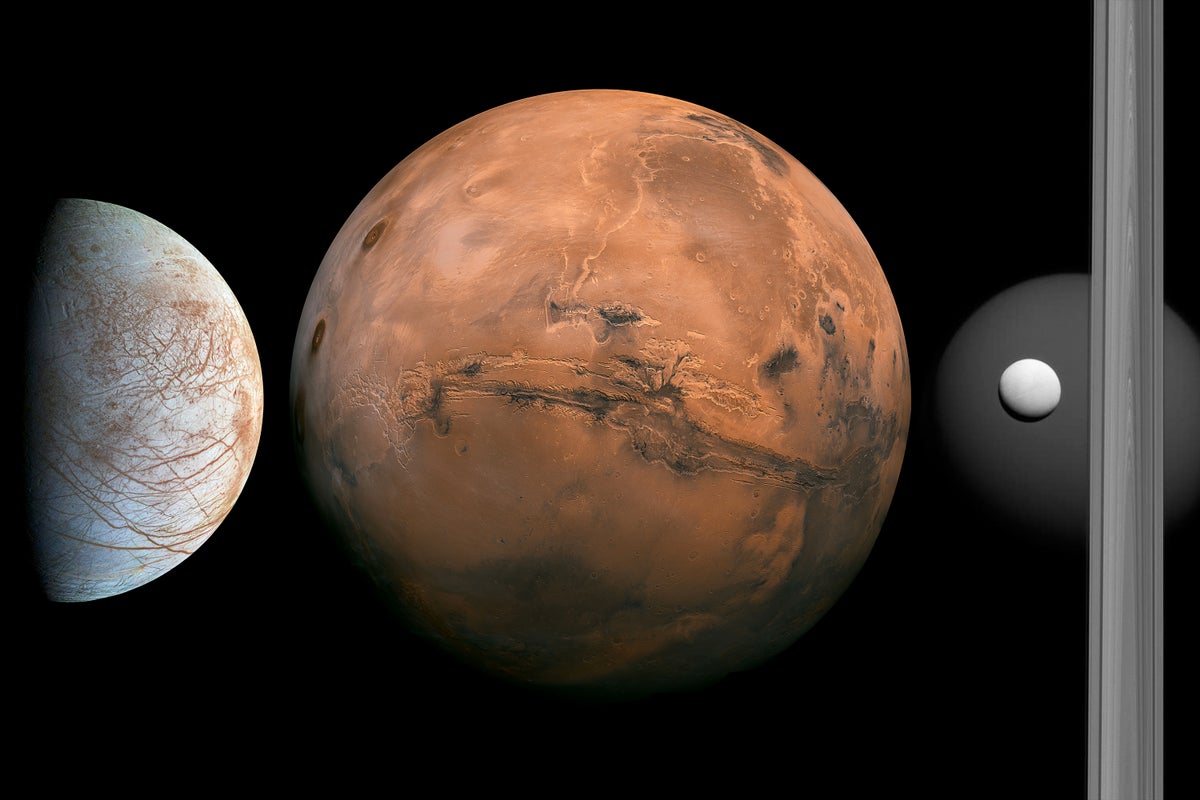
"The traditional astrophysical recipe for life as we know it involves getting a rocky, gas-shrouded world in a habitable zone where liquid water exists."
"Astrophysicists are now recognizing that opportunities for life may exist farther from a star, as shown by the potential habitability of moons like Europa and Enceladus."
"A recent study introduced the concept of a radiolytic habitable zone, where cosmic rays can provide energy to sustain life belowground, challenging the classical habitable zone framework."
"Cosmic rays carry high energy, which can potentially benefit underground life in environments with limited surface conditions."
The classical recipe for life suggests a rocky planet in a habitable zone with liquid water. However, moons like Europa and Enceladus contain water in their interiors and may allow for life despite harsh surface conditions. A new concept, the radiolytic habitable zone, proposes that cosmic rays can sustain life below ground, offering a new perspective on astrobiology. This study provides a framework to evaluate potential living matter across various depths in these celestial bodies, indicating a broader scope for life than previously considered.
Read at www.scientificamerican.com
Unable to calculate read time
Collection
[
|
...
]